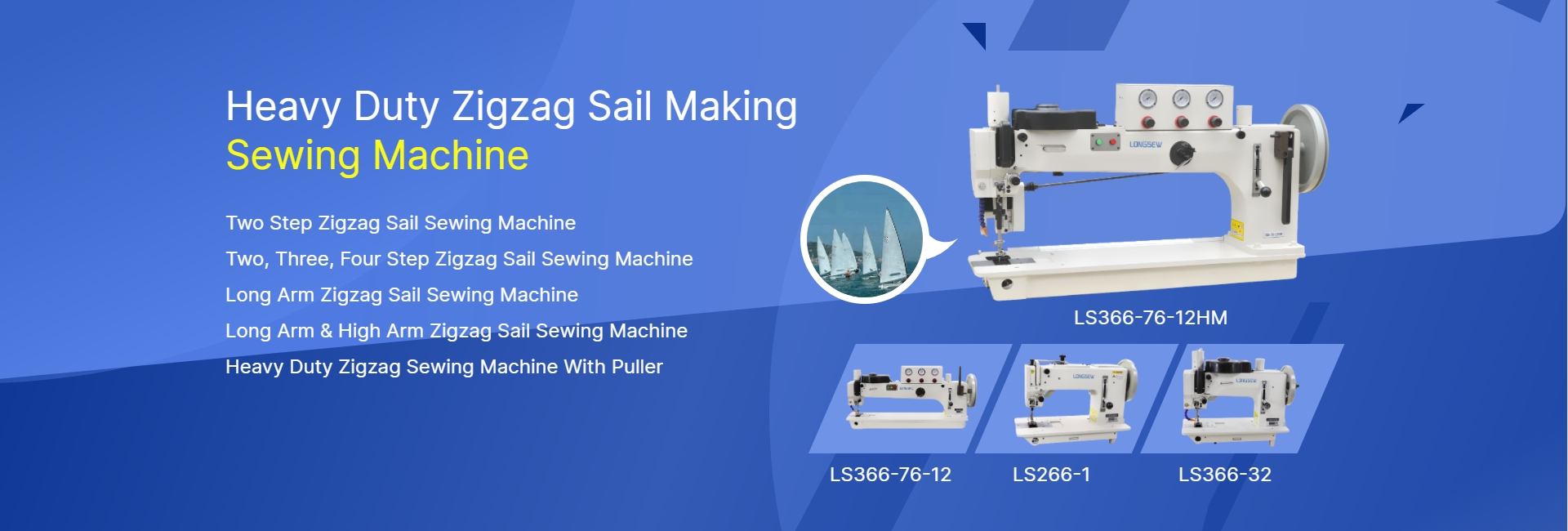Needle Lockstitch Machine - Precision Sewing Solutions for All Industries
The Evolution and Functionality of Needle Lockstitch Machines
The needle lockstitch machine is a cornerstone of modern garment manufacturing, playing a pivotal role in the textile industry. This innovative sewing technology has transformed the way fabrics are joined, setting standards for quality, efficiency, and versatility in stitching.
At its core, the needle lockstitch machine utilizes a simple yet effective mechanism to create stitches. It operates by interlocking two threads the upper thread, fed through a needle, and the lower thread, provided by a bobbin. This interlocking process results in a stitch that is both strong and durable, making it ideal for a wide variety of fabrics and applications. The design allows for a seamless finish, which is essential in fashion and apparel production.
Over the years, the needle lockstitch machine has evolved significantly
. Early versions were manual and required a skilled operator to control the tension and speed. However, technological advancements have led to the development of computerized models that automate many processes, increasing productivity and reducing the potential for human error. These modern machines can easily adjust stitch length, tension, and even fabric type, enabling manufacturers to meet the diverse demands of the market.needle lockstitch machine

One of the most notable features of needle lockstitch machines is their versatility. They are used to sew a wide range of materials, from lightweight fabrics like silk to heavy-duty textiles such as denim and canvas. This adaptability makes them indispensable in various sectors, including fashion design, upholstery, and industrial manufacturing.
Furthermore, the machine’s design caters to different sewing techniques. For instance, it can be configured for straight stitching, zig-zag stitching, and even decorative sewing, thus providing creative freedom to designers. The ability to switch between these functionalities quickly allows manufacturers to produce a wide array of products without the need for multiple machines.
The efficiency of needle lockstitch machines also contributes to their popularity in the industry. With the capability to produce a high number of stitches per minute, they significantly shorten production times. This is crucial in today’s fast-paced market, where time-to-market can determine a company's success. Additionally, the consistent quality of stitches produced by these machines ensures that finished products meet high-quality standards, leading to greater customer satisfaction.
In conclusion, the needle lockstitch machine is a vital piece of equipment in the textile and garment industries. Its ability to create durable, high-quality stitches quickly and efficiently makes it an essential tool for manufacturers. As technology continues to advance, we can expect further innovations in needle lockstitch machines, ultimately enhancing their capabilities and solidifying their role in the future of sewing and textile production.
-
Heavy Duty Leather Sewing Machine: A Must-Have for Professional LeatherworkNewsMay.28,2025
-
Leather Sewing Machine: Essential for High-Quality LeathercraftNewsMay.28,2025
-
Extra Heavy Duty Sewing Machine for Premium Leather ApplicationsNewsMay.28,2025
-
Walking Foot Cylinder Arm Sewing Machine: Precision and Power CombinedNewsMay.28,2025
-
Industrial Cylinder Arm Sewing Machine: Engineered for High-Performance StitchingNewsMay.28,2025
-
Cylinder Bed Sewing Machine: A Powerful Solution for Precision StitchingNewsMay.28,2025
-
Zigzag Sewing MachineNewsMay.12,2025





























